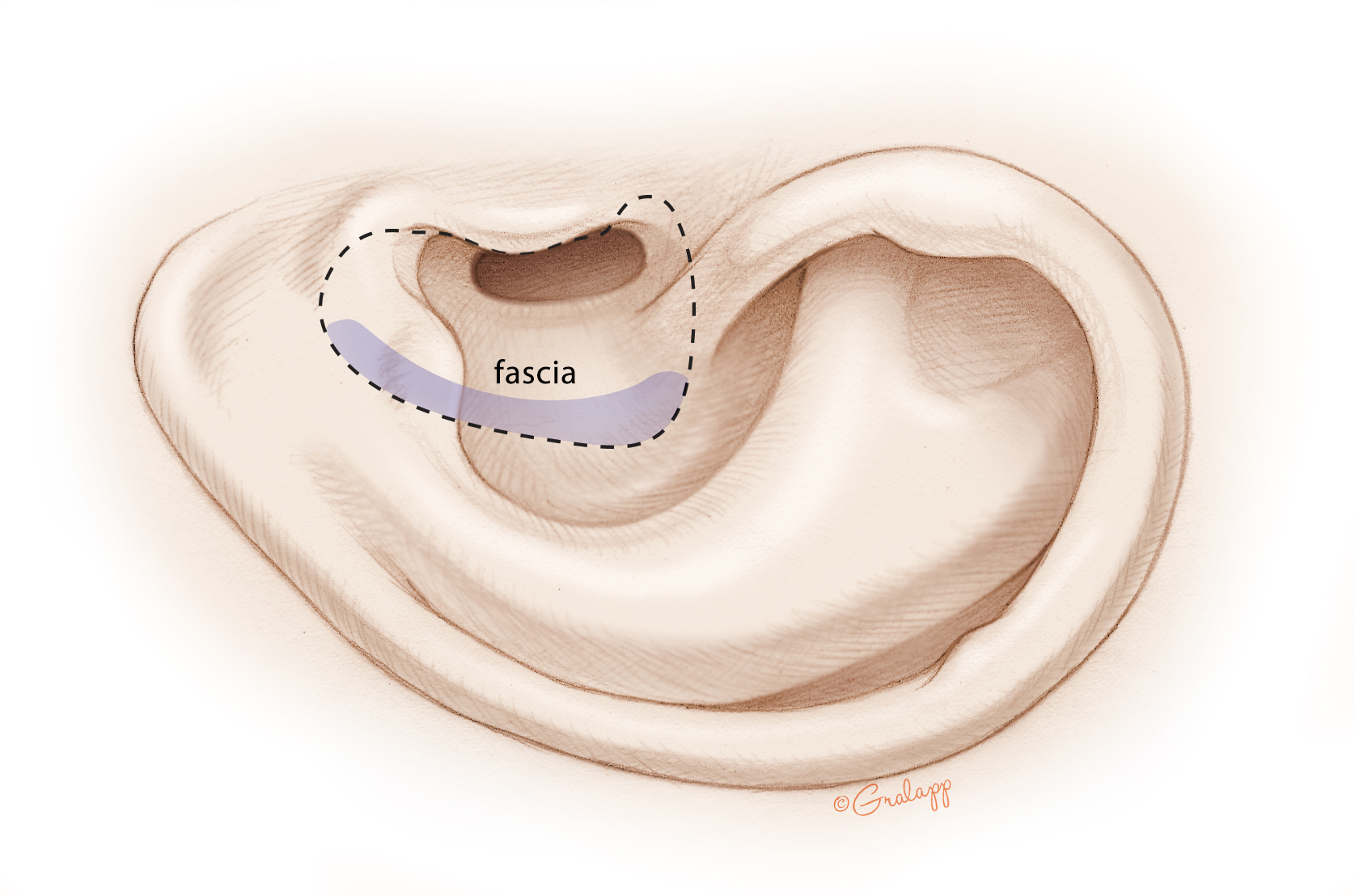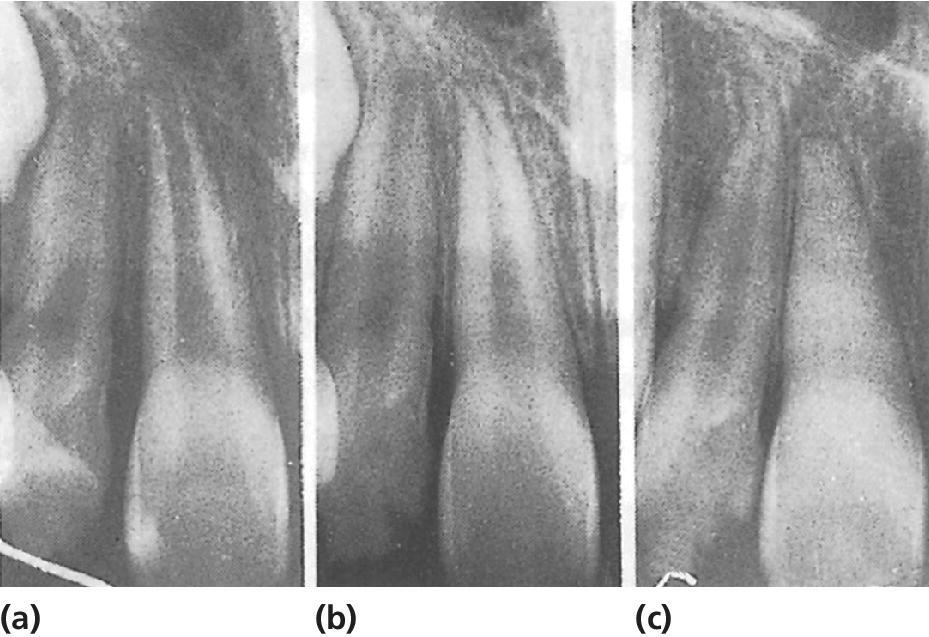

To understand what today’s case is about, you need to understand how Miranda warnings work. But on Thursday, the Supreme Court’s conservative majority gutted them in a way that will give police much more leeway to coerce suspects without them knowing their rights.

That is the case that said the Fifth Amendment’s guarantee against self-incrimination requires these warnings because otherwise police could take advantage of suspects and coerce them into saying things they might not otherwise.įor more than half a century, these warnings have seeped into popular consciousness.

That name of the warnings comes from a 1967 Supreme Court case, Miranda v. If you cannot afford a lawyer, one will be appointed for you.” This warning, required before being interrogated by the police, goes by one word: Miranda. Anything you say can and will be used against you in a court of law.
#RS OBLITERATION TV#
The predominance of inferior punctum involvement, patient history of symptom onset after ipsilateral medication use, and known prior patent irrigation in several cases support the hypothesis that these cases represent a severe yet insidious idiosyncratic reaction to topical medication.Most anyone who’s watched TV or movies in this country can recite it by heart: “You have the right to remain silent. Two patients had complete absence of a canalicular lumen on histopathology. The ipsilateral canaliculi were also found to be obstructed in a third of patients. In this study, 3 patients had previously documented normal lacrimal irrigation. These cases differ from typical punctal stenosis in that the puncta are completely obliterated, and no indication of a punctal opening is clinically detectable. Conclusions:Īlthough various combinations of lacrimal system stenoses and obstructions have been described, acquired punctal obliteration is an under-recognized entity. In 2 cases, pathological specimens of the canaliculi revealed absence of a canalicular lumen. The most frequent class of medication implicated was topical antibiotics however, patients often used a combination of medications. Nine patients (75%) reported use of topical ophthalmic medications prior to onset of symptoms. The inferior puncta were the more frequently affected structures (61.5%) compared to the superior puncta (38.5%). Clinical findings ranged from one involved punctum to all four puncta, and associated ipsilateral canalicular obstruction was noted in 4 patients (33.3%). The mean age was 61 years (median 62, range 22–90 years). Most patients were female (n = 11, 91.7%) and Caucasian (n = 9, 75%). Twelve patients were identified with obliterated puncta. Patients were excluded if there was a history of congenital punctal agenesis, trauma, or any other identifiable etiology of lacrimal system obstruction.

Medical records of patients treated at the Massachusetts Eye and Ear Infirmary between 20 with diagnosis codes of lacrimal punctum stenosis, stenosis of unspecified lacrimal punctum, epiphora due to insufficient drainage, and epiphora not otherwise specified were retrospectively reviewed. Review of these patients in search of possible risk factors for this condition and histopathology of two patients are presented. This finding was noted with and without other obstructions or stenoses of the lacrimal drainage system.
#RS OBLITERATION SERIES#
We present a series of patients with acquired obliteration of one or more components of the proximal lacrimal drainage system, including puncta and canaliculi.


 0 kommentar(er)
0 kommentar(er)
